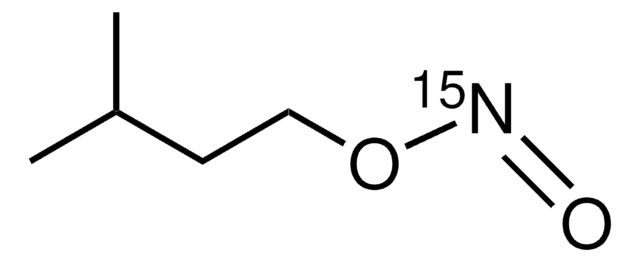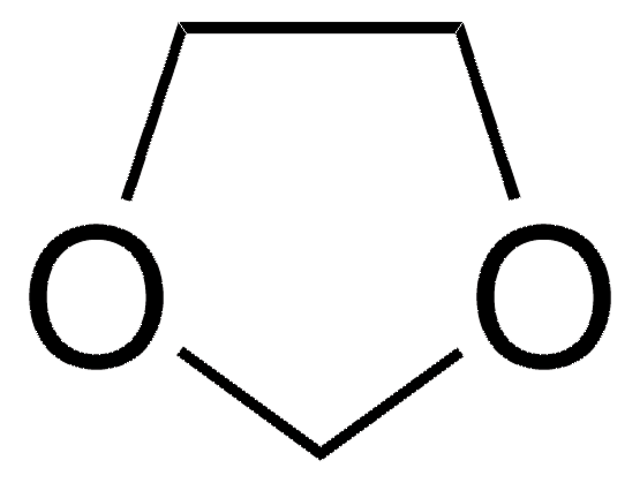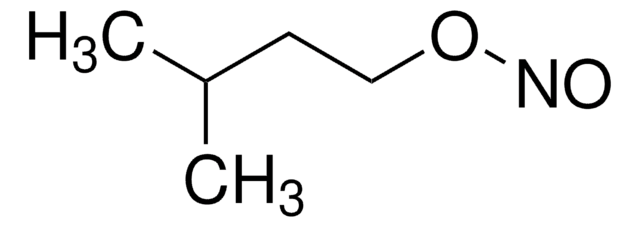72405
1,2-Dimethoxyethane
analytical standard
Sinónimos:
mono-Glyme, Dimethylglycol, Ethylene glycol dimethyl ether, Monoglyme
About This Item
Productos recomendados
grado
analytical standard
Nivel de calidad
densidad de vapor
3.1 (20 °C, vs air)
presión de vapor
48 mmHg ( 20 °C)
Ensayo
≥99.7% (GC)
temp. de autoignición
396 °F
caducidad
limited shelf life, expiry date on the label
contiene
~0.01% 2,6-di-tert-butyl-4-methylphenol as stabilizer
lim. expl.
10.4 %
técnicas
HPLC: suitable
gas chromatography (GC): suitable
índice de refracción
n20/D 1.379 (lit.)
n20/D 1.380
bp
85 °C (lit.)
mp
−58 °C (lit.)
densidad
0.867 g/mL at 25 °C (lit.)
aplicaciones
cleaning products
cosmetics
environmental
food and beverages
personal care
Formato
neat
cadena SMILES
COCCOC
InChI
1S/C4H10O2/c1-5-3-4-6-2/h3-4H2,1-2H3
Clave InChI
XTHFKEDIFFGKHM-UHFFFAOYSA-N
¿Está buscando productos similares? Visita Guía de comparación de productos
Descripción general
Aplicación
Opcional
Palabra de señalización
Danger
Frases de peligro
Consejos de prudencia
Clasificaciones de peligro
Acute Tox. 4 Inhalation - Flam. Liq. 2 - Repr. 1B - Skin Irrit. 2
Riesgos supl.
Código de clase de almacenamiento
3 - Flammable liquids
Clase de riesgo para el agua (WGK)
WGK 1
Punto de inflamabilidad (°F)
41.0 °F - closed cup
Punto de inflamabilidad (°C)
5 °C - closed cup
Equipo de protección personal
Eyeshields, Faceshields, Gloves, type ABEK (EN14387) respirator filter
Listados normativos
Los listados normativos se proporcionan para los productos químicos principalmente. Para los productos no químicos sólo se puede proporcionar información limitada. Si no hay ninguna entrada, significa que ninguno de los componentes está en la lista. Es obligación del usuario garantizar el uso seguro y legal del producto.
EU REACH SVHC Candidate List
EU REACH Annex XVII (Restriction List)
Elija entre una de las versiones más recientes:
Certificados de análisis (COA)
¿No ve la versión correcta?
Si necesita una versión concreta, puede buscar un certificado específico por el número de lote.
¿Ya tiene este producto?
Encuentre la documentación para los productos que ha comprado recientemente en la Biblioteca de documentos.
Los clientes también vieron
Protocolos
GC Analysis of Class 2 Residual Solvents on OVI-G43
Nuestro equipo de científicos tiene experiencia en todas las áreas de investigación: Ciencias de la vida, Ciencia de los materiales, Síntesis química, Cromatografía, Analítica y muchas otras.
Póngase en contacto con el Servicio técnico










